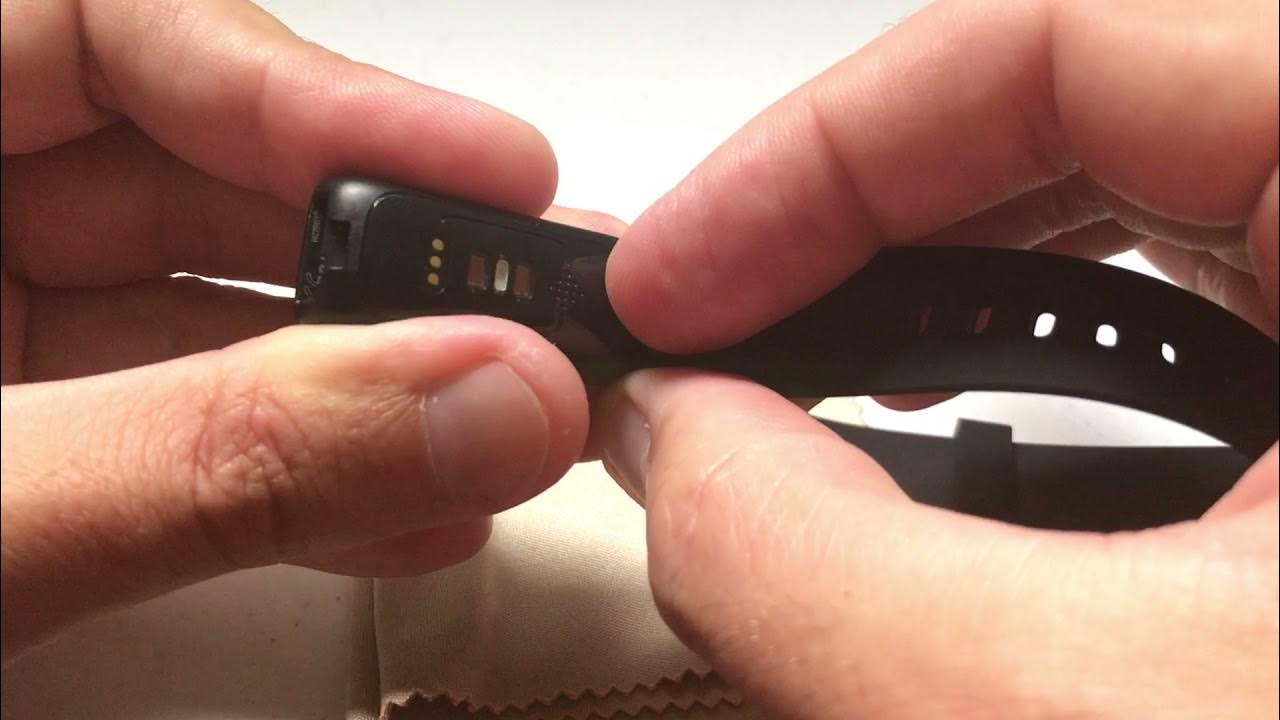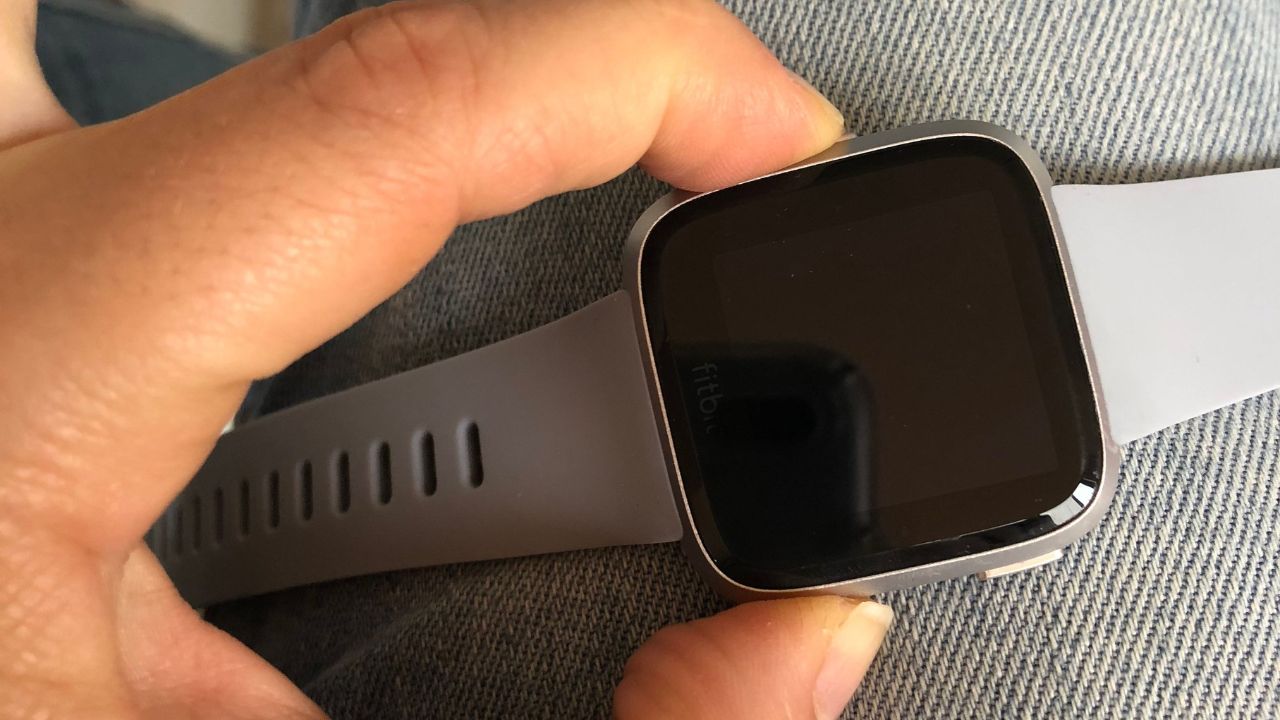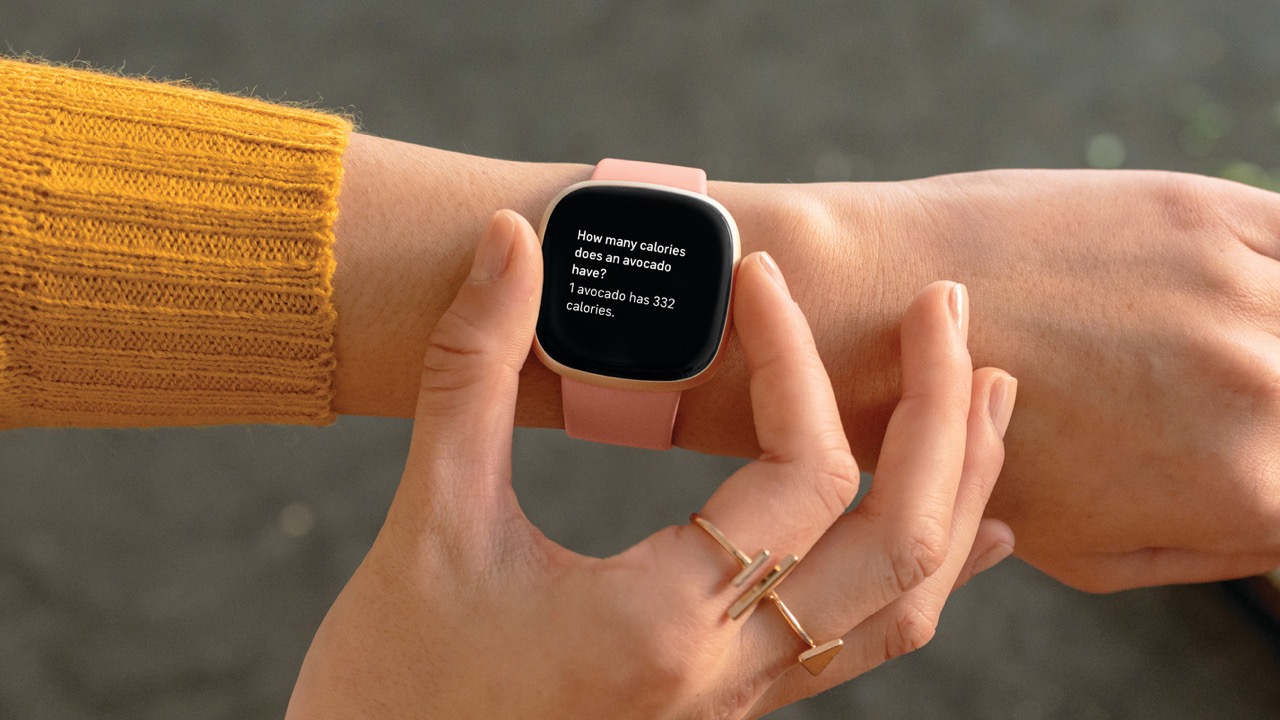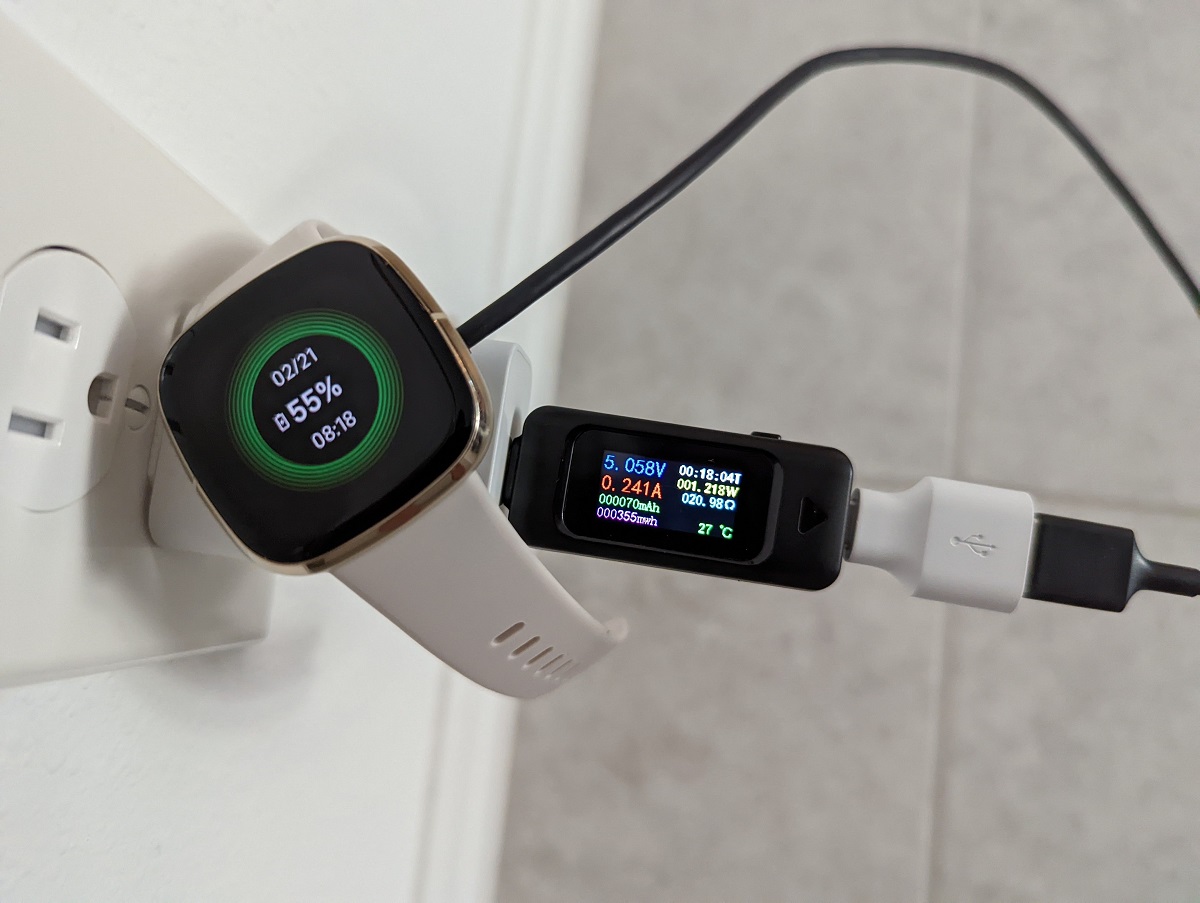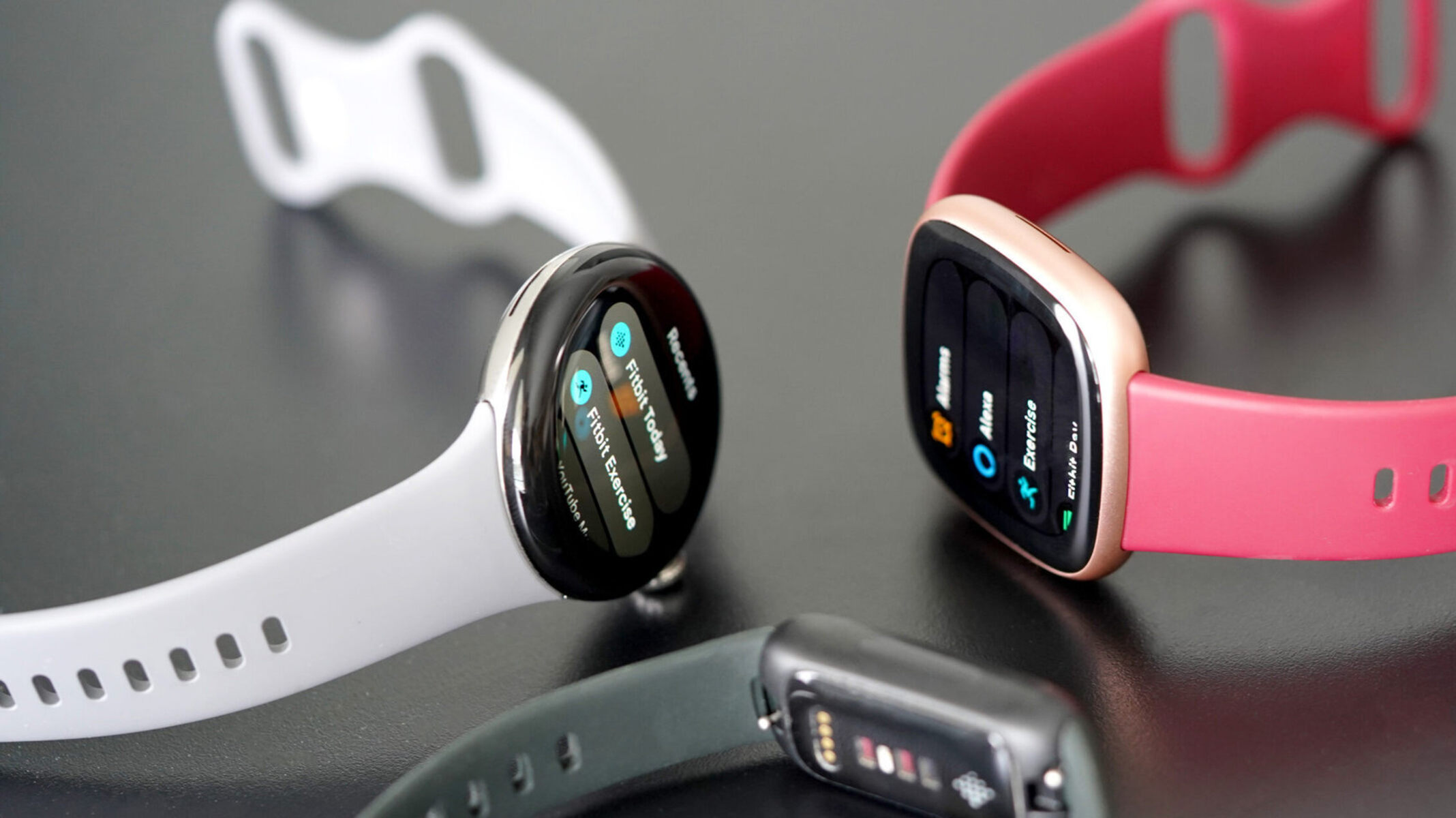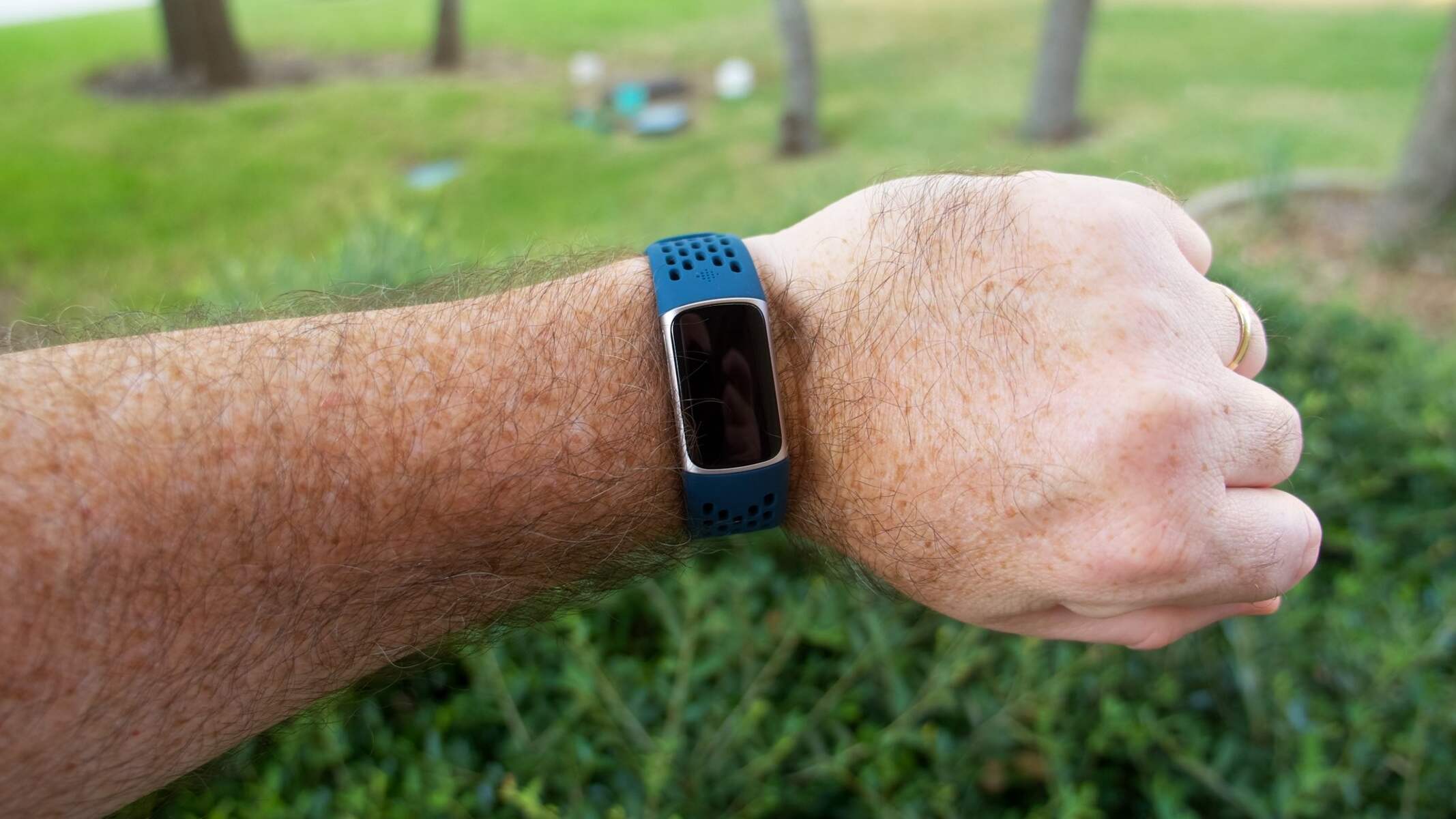Introduction
Wearable technology has revolutionized the way we track our fitness and health goals. Fitbit Charge bands, in particular, have gained immense popularity due to their advanced features and sleek design. However, despite their technological advancements, Fitbit Charge bands are not immune to issues that can affect their functionality and user experience.
In this article, we will delve into the common problems encountered with Fitbit Charge bands and provide comprehensive troubleshooting steps to address these issues. Whether you're a fitness enthusiast who relies on your Fitbit Charge band to monitor your daily activity or someone who simply enjoys the convenience of wearable technology, understanding how to troubleshoot common band issues can significantly enhance your overall experience.
From unresponsive touchscreens to strap durability concerns, Fitbit Charge users may encounter a range of challenges that can impact the performance and longevity of their bands. By gaining insight into these issues and learning effective troubleshooting techniques, you can maximize the potential of your Fitbit Charge band and ensure that it continues to support your fitness journey seamlessly.
Join us as we explore the intricacies of Fitbit Charge bands, uncover the root causes of common problems, and equip you with the knowledge to troubleshoot these issues effectively. Whether you're a seasoned Fitbit user or a newcomer to the world of wearables, this guide will empower you to overcome band-related hurdles and make the most of your Fitbit Charge experience. Let's dive into the realm of wearable technology and unravel the mysteries of Fitbit Charge bands together.
Common Fitbit Charge Band Issues
Fitbit Charge bands are designed to withstand the rigors of daily wear, but users may encounter various issues that can hinder their functionality. Understanding these common problems is essential for effectively troubleshooting and resolving them. Here are some prevalent Fitbit Charge band issues:
-
Strap Wear and Tear: Over time, the strap of the Fitbit Charge band may show signs of wear and tear, such as fraying or stretching. This can compromise the overall integrity of the band and affect its secure fit on the wrist.
-
Unresponsive Touchscreen: Users may experience unresponsiveness or erratic behavior from the touchscreen display of the Fitbit Charge band. This can hinder the ability to navigate menus and access important data.
-
Discoloration and Staining: The band material may be susceptible to discoloration or staining, particularly when exposed to sweat, lotions, or other substances. This can detract from the aesthetic appeal of the band.
-
Charging Issues: Some users may encounter difficulties with charging their Fitbit Charge bands, such as poor battery contact or failure to hold a charge effectively.
-
Fitbit Band Bubbling: In certain cases, users have reported the development of bubbles or delamination on the surface of the Fitbit Charge band, affecting its visual appeal and potentially leading to further damage.
-
Skin Irritation: Prolonged wear of the Fitbit Charge band may cause skin irritation or discomfort, particularly if the band material does not suit the user's skin type.
By familiarizing yourself with these common Fitbit Charge band issues, you can proactively address any challenges that arise and ensure a seamless user experience. Understanding the root causes of these issues is the first step toward effective troubleshooting and resolution.
Troubleshooting Steps
Addressing common Fitbit Charge band issues requires a systematic approach to troubleshooting. By following these steps, you can effectively identify and resolve the challenges that may arise, ensuring that your Fitbit Charge band continues to support your fitness journey seamlessly.
-
Strap Wear and Tear: If you notice signs of wear and tear on your Fitbit Charge band, consider replacing the strap with a genuine Fitbit replacement band. Regularly cleaning the band with a mild soap and water solution can also help maintain its integrity and extend its lifespan.
-
Unresponsive Touchscreen: In the event of an unresponsive touchscreen, try restarting your Fitbit Charge band by connecting it to the charging cable and pressing and holding the button for a few seconds. If the issue persists, perform a factory reset by accessing the Settings menu on your Fitbit app.
-
Discoloration and Staining: To address discoloration and staining, gently clean the band with a non-abrasive, lint-free cloth dampened with water. Avoid using harsh chemicals or abrasive materials, as these can further damage the band's material. For persistent stains, consider using a mild soap solution and thoroughly drying the band afterward.
-
Charging Issues: If you encounter charging issues, ensure that the charging port on the Fitbit Charge band and the charging cable are free from debris and dirt. Try using an alternative charging cable to rule out potential cable-related issues. If the problem persists, contact Fitbit support for further assistance.
-
Fitbit Band Bubbling: Should you notice bubbles or delamination on the surface of your Fitbit Charge band, it may be indicative of a manufacturing defect. In such cases, reach out to Fitbit customer support to explore options for a replacement band.
-
Skin Irritation: If the Fitbit Charge band causes skin irritation, consider switching to a different band material, such as a silicone or leather band, to determine if it alleviates the discomfort. Additionally, ensure that the band is not too tight, as this can contribute to skin irritation.
By diligently following these troubleshooting steps, you can effectively mitigate common Fitbit Charge band issues and optimize the performance and longevity of your wearable device. Remember that proper maintenance and care play crucial roles in preserving the functionality and aesthetic appeal of your Fitbit Charge band, allowing you to derive maximum value from this innovative piece of wearable technology.
Replacing Your Fitbit Charge Band
When the wear and tear on your Fitbit Charge band become too noticeable to ignore, it may be time to consider replacing the band. Whether you're dealing with fraying, stretching, or discoloration, a new band can breathe fresh life into your Fitbit Charge and ensure that it remains a reliable companion for your fitness journey.
Before embarking on the process of replacing your Fitbit Charge band, it's essential to source a genuine replacement band from Fitbit or an authorized retailer. Authentic replacement bands are designed to seamlessly integrate with your device, ensuring a secure fit and optimal functionality.
Once you have obtained the replacement band, the process of swapping out the old band for the new one is relatively straightforward. Fitbit provides detailed instructions for replacing the band, typically involving the use of a small tool to detach the old band and secure the new one in place. It's important to follow these instructions meticulously to avoid damaging your device or the replacement band during the transition.
When replacing your Fitbit Charge band, take the opportunity to clean the device thoroughly, removing any accumulated dirt or residue from the area where the band attaches. This ensures that the new band adheres securely and maintains a clean, hygienic interface with your skin.
After successfully replacing the band, take a moment to inspect the device and ensure that the new band sits flush and secure against the Fitbit Charge unit. Test the functionality of the device, including the touchscreen responsiveness and charging capability, to verify that the replacement band has been installed correctly.
With your new Fitbit Charge band in place, you can once again enjoy the full benefits of this innovative wearable technology, confident in the knowledge that your device is equipped with a fresh, durable band that complements your active lifestyle. By periodically replacing the band and maintaining the device with care, you can extend the longevity of your Fitbit Charge and continue to leverage its advanced features in pursuit of your fitness and wellness goals.
Conclusion
In conclusion, the Fitbit Charge band serves as a pivotal companion on the journey toward fitness and well-being, offering advanced tracking features and a sleek, wearable design. However, as with any wearable technology, users may encounter common issues that can impact the functionality and aesthetics of their Fitbit Charge bands. By gaining insight into these challenges and mastering the art of troubleshooting, users can effectively address these issues and prolong the lifespan of their beloved wearable device.
Understanding the root causes of common Fitbit Charge band issues empowers users to take proactive measures in maintaining and caring for their device. From addressing strap wear and tear to mitigating charging issues and skin irritation, the troubleshooting steps outlined in this guide provide a comprehensive framework for resolving these challenges. By adhering to these steps and exercising diligence in the maintenance of their Fitbit Charge bands, users can optimize the performance and longevity of their wearable device.
Furthermore, the process of replacing a worn-out Fitbit Charge band offers an opportunity to breathe new life into the device, ensuring that it continues to complement the active lifestyles of its users. By sourcing genuine replacement bands and meticulously following the installation instructions provided by Fitbit, users can seamlessly transition to a fresh band that revitalizes the aesthetic appeal and functionality of their device.
Ultimately, the Fitbit Charge band represents more than just a piece of wearable technology—it symbolizes a commitment to personal wellness and an unwavering dedication to achieving fitness goals. By overcoming common band-related challenges and embracing the troubleshooting techniques outlined in this guide, users can harness the full potential of their Fitbit Charge bands, allowing them to thrive in their pursuit of a healthier, more active lifestyle.
As we navigate the realm of wearable technology, let us continue to cherish the invaluable role that the Fitbit Charge band plays in our daily lives. By staying informed, proactive, and attentive to the maintenance needs of our devices, we can ensure that our Fitbit Charge bands remain steadfast allies in our ongoing quest for holistic well-being. Here's to embracing the future of wearable technology with confidence, armed with the knowledge to conquer any band-related hurdles that come our way.







